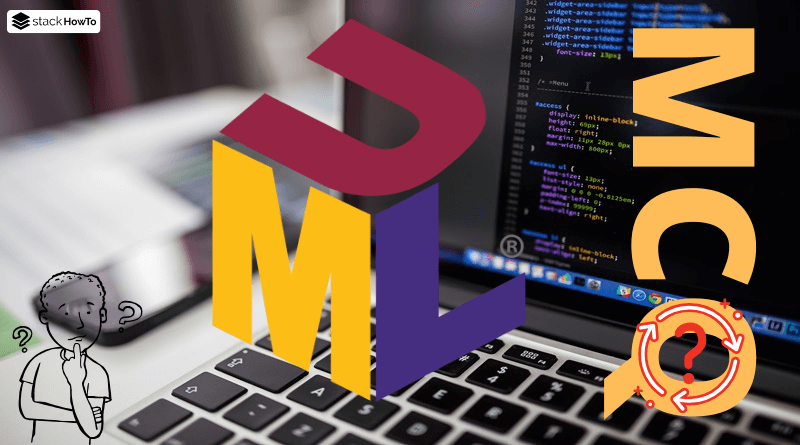UML Diagrams MCQs Questions With Answers – Part 1
Test your knowledge and boost your confidence with these multiple-choice quizzes focused on UML diagrams, foundational software engineering concepts, and real-world best practices. Designed for students, developers, and exam candidates, these MCQs offer a quick and effective way to assess your understanding and sharpen your skills.
1. What is UML?
A A programming language
B A database
C A modeling language
D An operating system
2. Which UML diagram is used to represent classes and their relationships?
A Use case diagram
B Sequence diagram
C Activity diagram
D Class diagram
3. Which UML diagram is used to represent interactions between actors and the system?
A Class diagram
B Use case diagram
C Activity diagram
D Sequence diagram
4. In a use case diagram, who represents the system’s user?
A A class
B An actor
C An activity
D An interface
5. Which UML diagram is primarily used to model the static structure of a system, including its classes, attributes, operations, and relationships?
A Use case diagram
B Sequence diagram
C Class diagram
D State-transition diagram
6. In a UML class diagram, what does an association with an asterisk (*) represent?

A A mandatory relationship
B A cardinality of 1
C A cardinality of 0..1
D Multiple cardinality
7. Which of the following is NOT a structural diagram in UML?
A Class diagram
B Component diagram
C State-transition diagram
D Object diagram
8. What is the correct representation for an inheritance association in a UML class diagram?
A A solid arrow with a diamond
B A dashed arrow
C An arrow with a white triangle
D A simple line without an arrow
9. What does a sequence diagram allow you to represent?
A Class hierarchy
B The sequence of operations over time
C The system’s database
D The structure of a file
10. Which UML element is used to represent a method in a class?
A A rectangle with a line
B An arrow
C A name followed by parentheses in a class
D A black diamond










